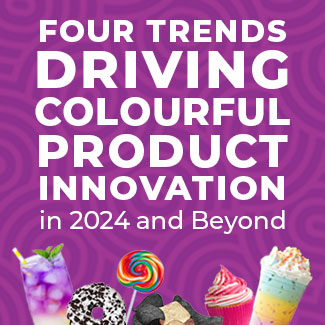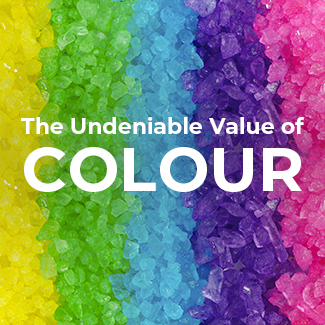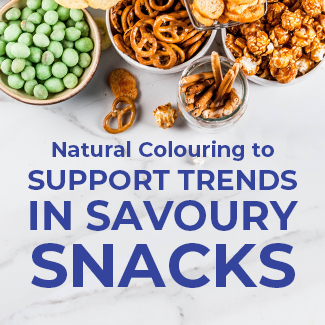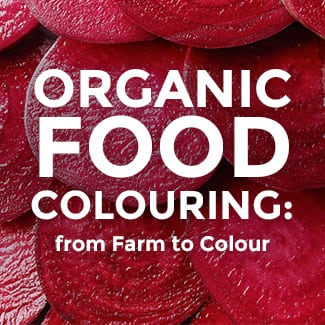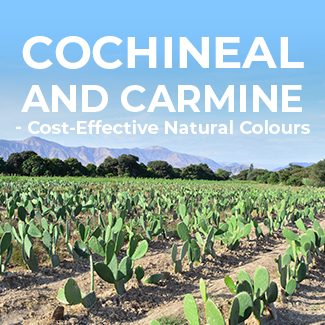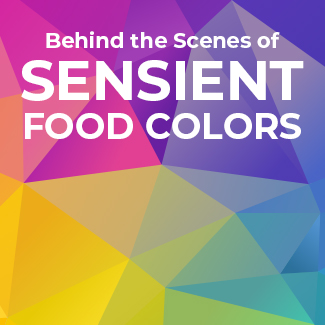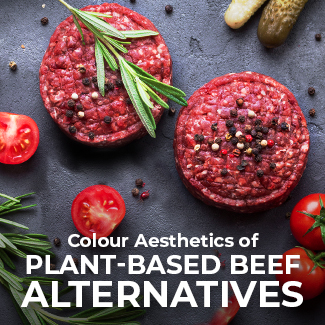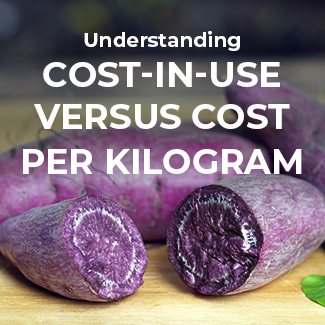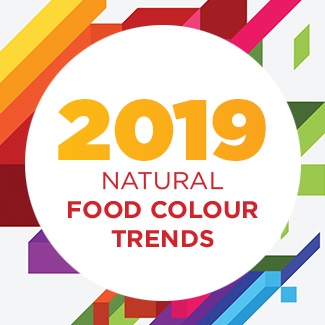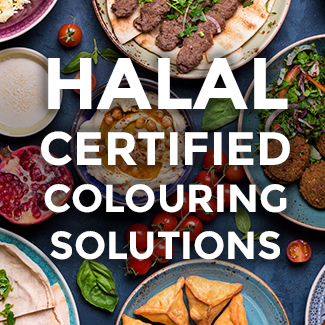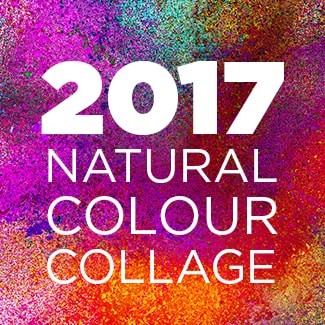Vegetarian and Vegan Alternatives to Carmine
Bright Red Vegetable Alternatives to Carmine
Carmine has been traditionally used to achieve bright red to purple hues in food products. Due to legislation changes and consumer demands, more producers are looking for carmine-free alternatives:The use of aluminium lakes of food colours is regulated in part E of COMMISSION REGULATION (EU) No 380/2012 of 3 May 2012 amending Annex II to REGULATION (EC) No 1333/2008. As a result, carmine lake is no longer permitted in certain applications such as ice creams and fruit ices within the EU.
Another key motivation for removing carmine from product formulations is the need to meet Kosher or Halal requirements. In an era where consumers are concerned with ingredient lists and transparency, demand for Kosher or Halal certified food products is on the rise, and the number of applications where product developers are looking into options to replace carmine is increasing.
A third driver for product developers to look into alternatives to Carmine is the “veggie“ trend. An increasing number of consumers today are seeking a vegetarian or vegan diet. Consequently, more product developers are aiming to find alternative natural colours next to carmine that qualify.
The desire for products with carmine-free labelling claims presents some challenges for formulators. Carmine produces bright red shades with very good heat and light stability properties. It was therefore historically used for several applications, such as confectionery, fine bakery and alcoholic beverages. The use of natural red colours and colouring foods on the other hand has been limited due to a limited availability of different shades and the pH sensitivity of the various colouring principles.
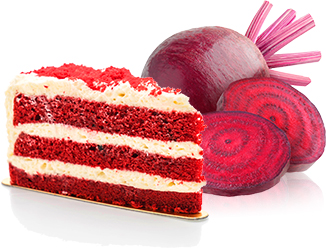 Selecting the right options for vegetarian and vegan red shades thus requires great care and application expertise. Colouring foods and natural colours based on anthocyanins and beetroot are the most common replacements for carmine. It needs to be considered, though, that beetroot, for example, exhibits limited heat stability. In applications with high water activity it has a limited storage stability and is therefore not recommended for use in e.g. ready-to-drink-beverages, jelly gums and high boiled sweets. Products based on anthocyanins on the other hand can give an attractive bright shade in acidic applications, such as beverages, fruity gums and high boiled candies. Since anthocyanins are pH dependent the shades and stability properties vary between different raw materials and require expert knowledge in appropriately selecting the product solution.
Sensient Food Colors Europe’s Natural Red Range enables food manufacturers to create vibrant red colour shades without having to use carmine. The bright Natural Red Range is especially beneficial for manufacturers of confectionery, sugar coating, chocolate decoration, dairy, fruit preparation, ice cream, water ice and desserts. The bright red through purple shades are able to complement, i.e. berry flavours, and are available as colouring food as well as natural colour options.
The area of carmine alternatives is part of the growing consumer trend towards naturalness and Sensient is constantly working on new formulation options to support wider choice for use in different applications. To discover how these natural products can best work for you, please contact us and we will be glad to assist you.
Selecting the right options for vegetarian and vegan red shades thus requires great care and application expertise. Colouring foods and natural colours based on anthocyanins and beetroot are the most common replacements for carmine. It needs to be considered, though, that beetroot, for example, exhibits limited heat stability. In applications with high water activity it has a limited storage stability and is therefore not recommended for use in e.g. ready-to-drink-beverages, jelly gums and high boiled sweets. Products based on anthocyanins on the other hand can give an attractive bright shade in acidic applications, such as beverages, fruity gums and high boiled candies. Since anthocyanins are pH dependent the shades and stability properties vary between different raw materials and require expert knowledge in appropriately selecting the product solution.
Sensient Food Colors Europe’s Natural Red Range enables food manufacturers to create vibrant red colour shades without having to use carmine. The bright Natural Red Range is especially beneficial for manufacturers of confectionery, sugar coating, chocolate decoration, dairy, fruit preparation, ice cream, water ice and desserts. The bright red through purple shades are able to complement, i.e. berry flavours, and are available as colouring food as well as natural colour options.
The area of carmine alternatives is part of the growing consumer trend towards naturalness and Sensient is constantly working on new formulation options to support wider choice for use in different applications. To discover how these natural products can best work for you, please contact us and we will be glad to assist you.



